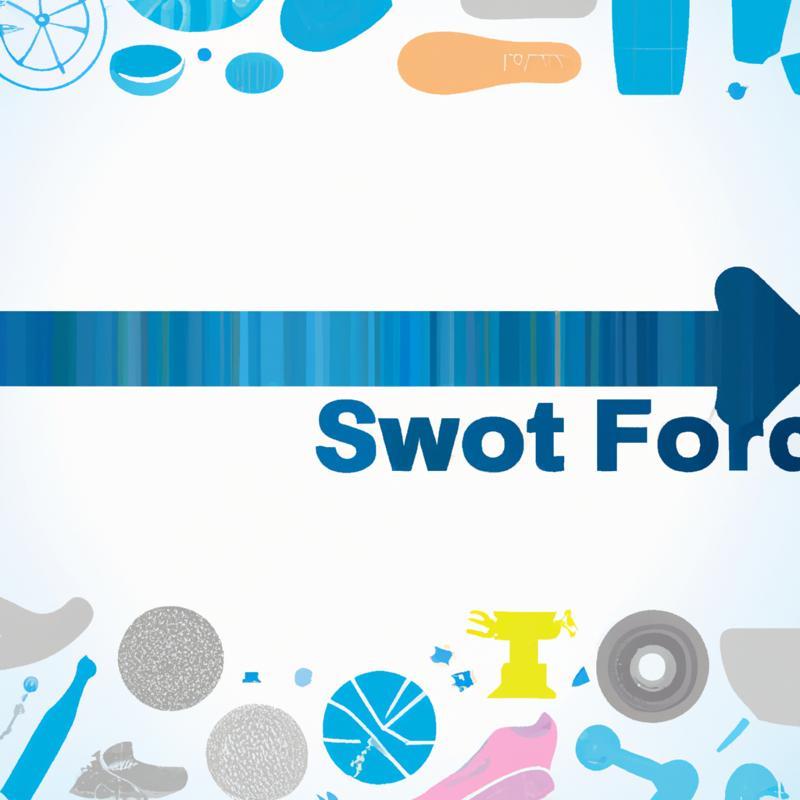- Applications of Fingering Weight Yarn
- Benefits of Fingering Weight Yarn
- Challenges of Working with Fingering Weight Yarn
- Tips for Working with Fingering Weight Yarn
- Conclusion
What is Fingering Weight Yarn?
The Ultimate Guide to Fingering Weight Yarn: Everything You Need to Know
Fingering weight yarn may sound like a strange term, but it is actually a popular type of yarn that has been gaining traction in the knitting and crocheting community. Also known as sock weight yarn, this type of yarn is thinner and lighter than other types, making it perfect for creating intricate and delicate designs. In this comprehensive guide, we will delve into the world of fingering weight yarn and explore its definitions, applications, benefits, and challenges. Whether you are a seasoned crafter or just starting out, this article will provide you with all the information you need to know about fingering weight yarn.
What is Fingering Weight Yarn?
Fingering weight yarn is a type of thin yarn that falls under the category of lace weight or super fine. It is typically used for making socks, shawls, scarves, and other lightweight accessories. This type of yarn is usually made from natural fibers such as wool or cotton, but can also be made from synthetic materials like acrylic or nylon.
Fingering weight yarn is also known for its versatility as it can be used for both knitting and crocheting projects. It comes in a wide range of colors and textures, making it easy to find the perfect one for your project.
Applications of Fingering Weight Yarn
As mentioned earlier, fingering weight yarn is most commonly used for creating socks due to its lightweight nature. However, it has many other applications as well. For example:
1. Delicate garments: The thinness of fingering weight yarn makes it ideal for creating delicate garments such as cardigans, sweaters, and blouses.
2. Lace projects: The fine texture of fingering weight yarn makes it perfect for creating intricate lace patterns in both knitting and crocheting.
3. Baby items: The softness and lightweight nature of this yarn make it ideal for creating baby items such as blankets, hats, and booties.
4. Accessories: Fingering weight yarn is perfect for creating lightweight accessories like scarves, shawls, and gloves.
Benefits of Fingering Weight Yarn
1. Lightweight: The thinness of fingering weight yarn makes it perfect for creating lightweight garments and accessories that are comfortable to wear.
2. Versatile: This type of yarn can be used for a variety of projects, from delicate lace patterns to sturdy socks.
3. Ideal for warm weather: Due to its lightweight nature, fingering weight yarn is perfect for creating garments and accessories that can be worn in warmer weather.
4. Easy to store: Fingering weight yarn takes up less space than other types of yarn, making it easier to store in your craft room or closet.
Challenges of Working with Fingering Weight Yarn
While there are many benefits to using fingering weight yarn, there are also some challenges that come with working with this type of yarn:
1. Requires concentration: Due to its thinness, fingering weight yarn requires more concentration and precision when working with it.
2. Tangles easily: The fine strands of this type of yarn can easily tangle if not handled carefully.
3. Limited availability: Fingering weight yarn may not be as readily available as other types of yarn in local craft stores. However, it can easily be purchased online from various retailers.
Tips for Working with Fingering Weight Yarn
1. Use small needles/hooks: When working with fingering weight yarn, it is best to use smaller needles or hooks to achieve a more even tension.
2. Wind into a ball before use: To avoid tangles and knots while working with this type of yarn, it is recommended to wind it into a ball before starting your project.
3. Pay attention to gauge: Due to the thinness of fingering weight yarn, it is important to pay close attention to gauge when following a pattern.
4. Experiment with different fibers: Fingering weight yarn comes in a variety of fibers, so don’t be afraid to experiment and find the one that works best for your project.
Conclusion
Fingering weight yarn is a popular choice among knitters and crocheters due to its versatility and lightweight nature. It is perfect for creating delicate garments, accessories, and even baby items. While there are some challenges that come with working with this type of yarn, with the right techniques and tips, you can create beautiful projects that showcase the beauty of fingering weight yarn.
If you are interested in trying out fingering weight yarn for your next project, remember to use small needles/hooks, pay attention to gauge, and experiment with different fibers. With these tips in mind, you will be on your way to creating stunning creations using this unique type of yarn. Happy crafting!
